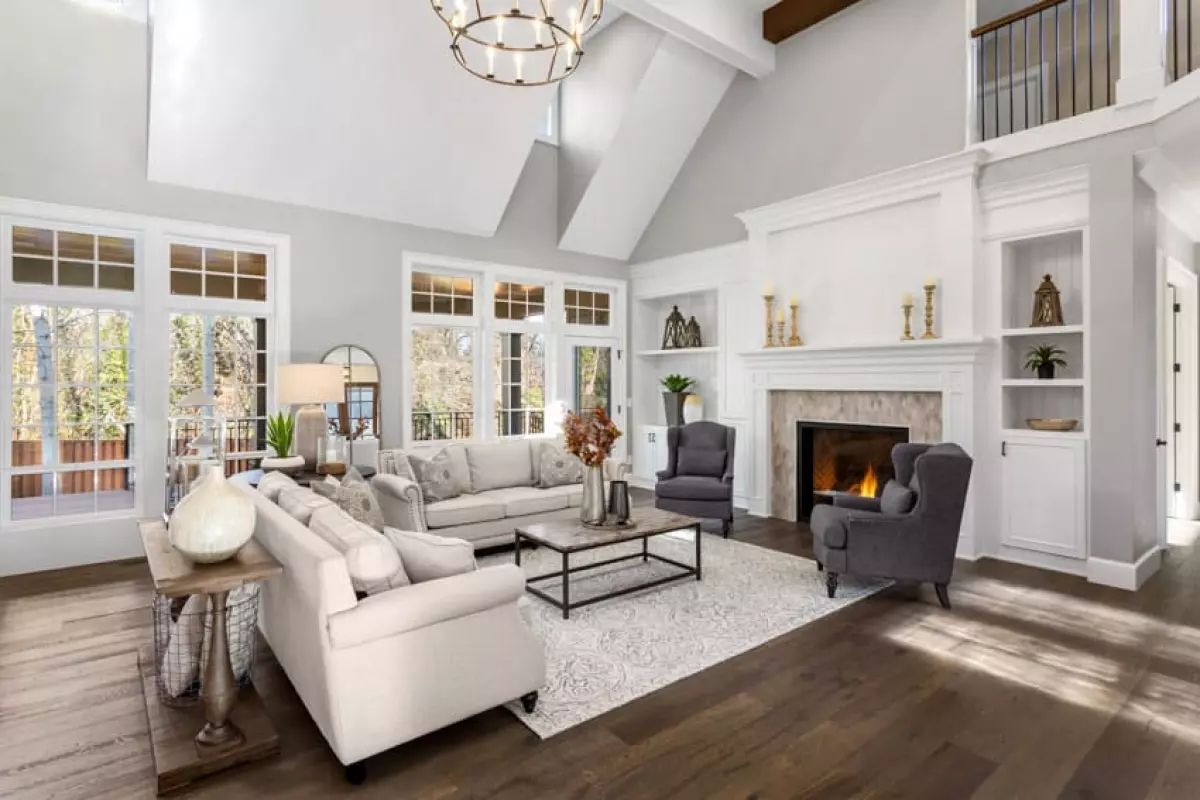
The world of interior design is constantly evolving, and with it comes exciting new furniture styles. One such style that has gained popularity in recent years is transitional furniture. In this article, we will explore what transitional furniture style is all about, its unique features, colors, and the best brands and stores to find these remarkable pieces.
What Is Transitional Style Furniture?
Transitional furniture style is the art of blending traditional design elements with modern and contemporary styles. It is about bridging the gap between classic and contemporary, resulting in a harmonious fusion. By combining both traditional and modern elements, transitional furniture creates a unique blend that is both timeless and sophisticated.
The beauty of transitional furniture lies in the contrast it creates. It pairs ornate and intricate pieces with clean lines and simple designs, resulting in a cohesive mix of two very different styles. The result is intriguing and captivating, adding character and warmth to any space.
The Elements of Transitional Style Furniture
When it comes to transitional furniture, several key elements define the style:
- Combining comfortable with functional: Transitional furniture prioritizes comfort while maintaining functionality.
- Mixing traditional and modern design elements: It seamlessly combines classic and contemporary styles to create a balanced and versatile look.
- Neutral colors with bold-colored accessories: Transitional furniture often features neutral color palettes as a base, with pops of bold colors through accessories.
- Soft, comfortable fabrics with natural materials: Transitional furniture uses a combination of soft, comfortable fabrics and natural materials to create a cozy and inviting atmosphere.
- Masculine pieces with feminine styles: By blending masculine and feminine elements, transitional furniture achieves a perfect balance of strength and elegance.

Transitional furniture can be found in design magazines, interior design websites, and various furniture stores. Its versatility and timeless appeal make it a popular choice for homeowners and interior designers alike. With transitional furniture, you can incorporate your sentimental and heirloom pieces with modern and contemporary styles, creating a truly personalized and eclectic look.
Transitional Style Furniture Features
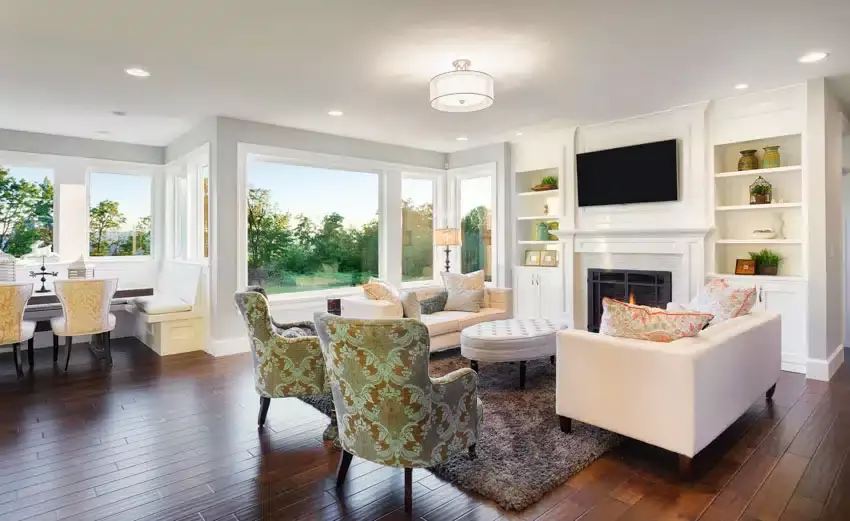
The features of transitional furniture are what make it truly unique. These features come together to create a captivating and exciting style that is sure to make a statement in any room. Let's explore some of the defining characteristics of transitional furniture:
Pair Curved and Straight Lines
Transitional furniture often combines clean, straight lines with softer, rounded edges. This contrast creates visual interest and adds depth to the design. You can achieve the same effect by pairing furniture pieces with different types of lines and placing them close together. The combination of straight and curved lines adds energy and intrigue to the overall look.
Use Complementary Textures
Transitional furniture favors neutral colors and tones, which means texture plays a crucial role. By layering or combining different materials such as wood, glass, fabric, metal, cement, and acrylic, transitional furniture creates an interesting blend of organic and industrial. These complementary textures add depth and visual interest to the pieces, making them stand out.
Choose Simple Lines
Even when combining straight lines with curved ones, transitional furniture maintains a simple and straightforward style. The profile of the furniture is kept crisp and clean, without intricate flourishes or excessive ornamentation. The simplicity of the design allows the contrasting elements to shine and creates a cohesive and harmonious look.
Mellow Color Palettes
Transitional furniture often features monochromatic neutral colors as a foundation. These warm neutrals serve as a backdrop for strategic accents throughout the space. By using shades of muted neutral colors, you create an elegant and sophisticated look. These neutral colors provide a blank canvas for adding pops of color through pillows, throw blankets, and accessories.
Keep Accents and Accessories to a Minimum
In transitional furniture, accents and accessories are used sparingly. The focus is on the furniture itself, with minimal ornamentation or decorative elements. Any accents or accessories chosen tend to be minimalistic in design, allowing them to contrast with the simple foundation of the furniture. Bold colors are used in small amounts to create visual interest and draw attention to specific areas of the room.
These features, when combined, create a truly discriminating look that showcases the best of both classic and modern design.
Designing with Transitional Style
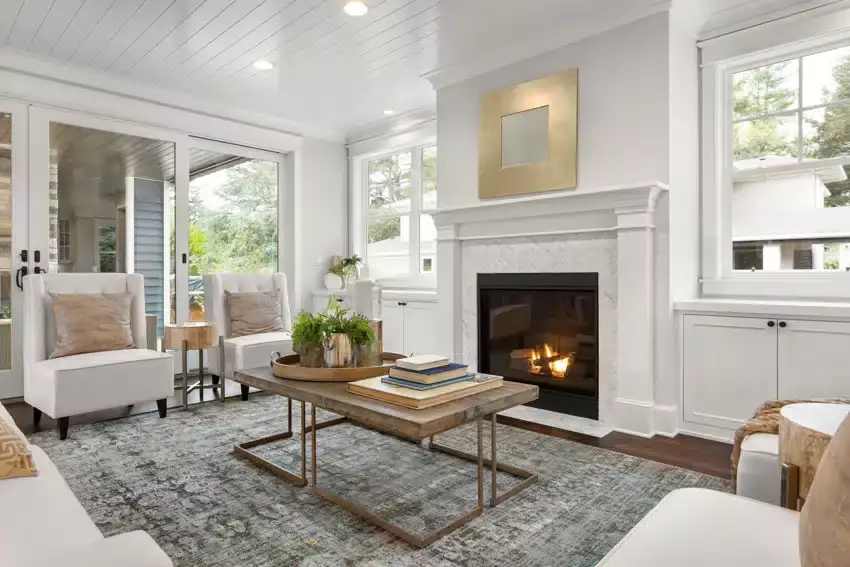
Designing a space with transitional style requires careful consideration and attention to detail. To help you incorporate transitional design into your home, we've gathered some valuable tips from our in-house interior design expert, Rachel Razal Padilla:
- Comfort is the priority: Transitional spaces prioritize comfort and relaxation. Choose fully upholstered sofas with large seating, soft cushions, and textured pillows to create a cozy and inviting atmosphere. A transitional space should feel warm, polished, and comfortable, encouraging relaxation.
- Simplicity is key: Keep the overall design of transitional spaces simple and streamlined. Avoid overly detailed and ornate furniture and furnishings. Instead, opt for clean lines and sleek, modern pieces that can be juxtaposed with traditional elements.
- Layer your textures: Layering textures and finishes adds visual interest to transitional interiors. This works particularly well with monochromatic and neutral color palettes, creating depth and dimension through contrast.
- Keep it light: Transitional design often favors light-colored wood over dark woods. Light wood creates a relaxed and inviting appeal in contrast to traditional design. Oak, maple, and walnut are excellent choices for transitional furniture as they offer a range of warm, neutral tones.
- Embrace neutrality: Neutral and light color schemes are hallmarks of transitional spaces. Creams, whites, shades of brown, taupe, and gray are commonly used in transitional furniture and decor. These colors create a clean and serene look while providing a soothing feel to the space.
- Balance is key: Achieving balance is essential in transitional style interiors. It is about finding the right balance between traditional and modern design, masculine and feminine elements, and old and new. Start by anchoring your design with furniture pieces that represent the transitional style, then add contrasting styles and accessories to create a harmonious and balanced look.
- Mix and match: Mixing and matching different design elements is encouraged in transitional spaces. Combine styles, patterns, scales, and textures to create an eclectic yet cohesive look. However, avoid extremes and ensure that all elements blend harmoniously.
- Create a focal point: Choose a furniture piece or accent that serves as the focal point of your space. It can be a modern or traditional style, as long as it stands out and makes a striking statement. Build the rest of the design around this focal point, adding complementary pieces and accessories to complete the look.
By following these design tips, you can create a stunning transitional space that is both inviting and visually appealing.
Transitional Colors: Striking the Right Balance

Transitional colors play a crucial role in creating a cohesive and balanced look in transitional furniture. These colors act as a monochromatic background, allowing the unique style of transitional furniture to take center stage. The key is to strike the right balance between warm and cool colors, ensuring a harmonious blend.
Transitional paint colors often feature a healthy mix of warm and cool hues, maintaining a 50/50 ratio. This balance creates consistency and provides a solid foundation for the contrasting styles of transitional furniture.
When choosing colors for a transitional space, consider using beige, browns, grays, and charcoal as your base. These neutral tones create a versatile backdrop for the more dynamic elements of transitional furniture. By maintaining a balanced color palette, you ensure that both traditional and modern design elements shine.
Transitional Furniture for Every Room
Transitional furniture can be incorporated into various rooms in your home, bringing a touch of elegance and versatility to each space. Let's explore how transitional style can enhance different areas of your home:
Transitional Bedroom Furniture
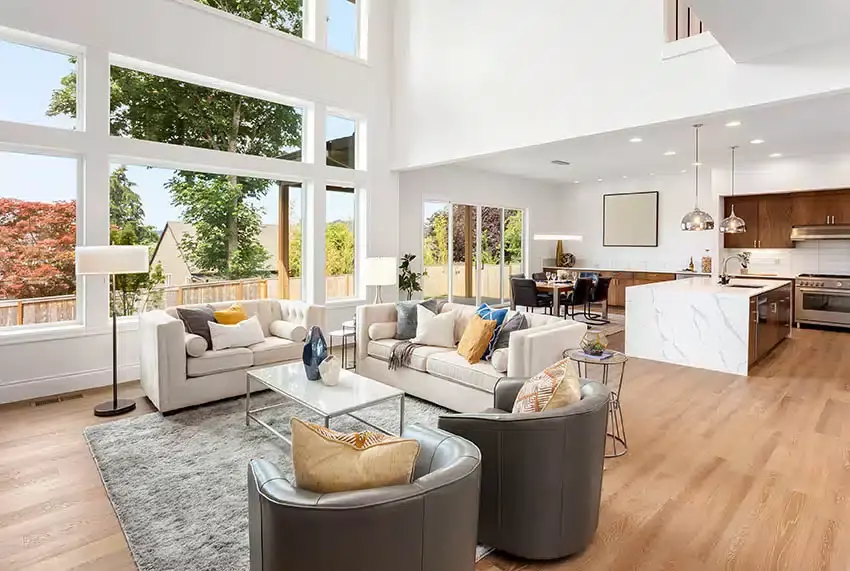
Transitional bedroom furniture creates a peaceful and restful atmosphere. Combining classic and contemporary elements, this style promotes calmness and comfort. For example, a brass-buttoned tufted headboard upholstered with neutral fabric and paired with a sleek metal framework creates a modern twist on a classic bed frame. The combination of ornate and clean lines brings harmony to the space, creating a relaxing haven.
Another option is a wooden canopy or four-posted bed paired with a traditional, curved headboard made of deep mahogany. Adding sleek glass bed stands and a smoky gray microfiber chaise lounge creates an intriguing contrast of styles. Transitional bedroom furniture allows you to bring all the luxury and comfort of two different eras into one harmonious space.
Transitional Living Room Furniture

In the living room, transitional furniture can transform a space by infusing it with a unique blend of classic and contemporary elements. Pairing a traditional design style, including crown molding and ornate draperies, with simple and clean-lined furniture creates a stunning contrast. Opt for couches and loveseats upholstered in soft, solid-colored fabrics to balance out the traditional style of the room.
Transitional living room furniture itself follows the same principle, combining classic elements with modern touches. A clean-lined living room set with a sleek metal framework and luxurious leather coverings adds a trendy twist to a country western style. The result is a captivating and inviting space that showcases the best of both classic and contemporary design.
What Makes A Sofa Transitional?
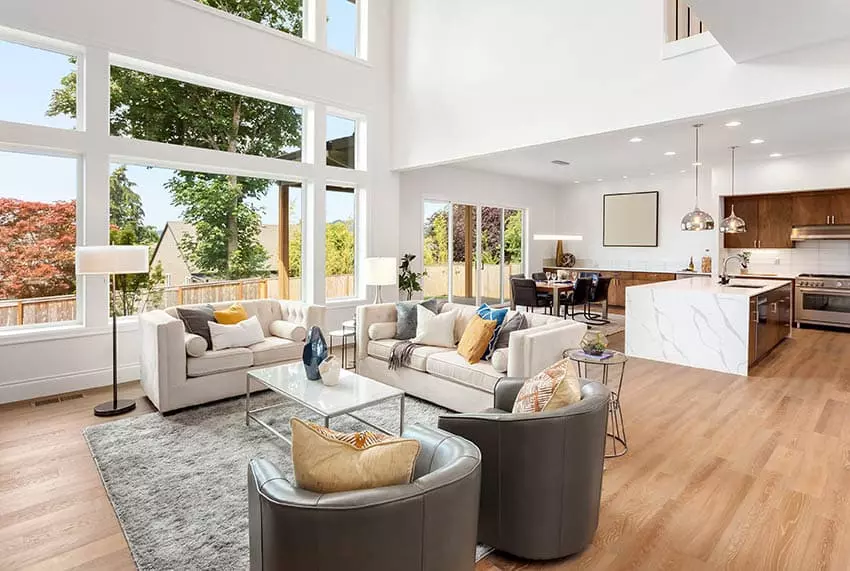
A transitional sofa is characterized by its ability to strike a balance between classic and modern materials and structure. It takes inspiration from both traditional and contemporary couches, creating a unique style of its own. A key aspect of a transitional sofa is the incorporation of contrasting designs through throw pillows and accessories. This balance of classic and contemporary elements makes a sofa truly transitional.
When choosing a transitional sofa, consider a design that pairs well with other sitting chairs or a loveseat in the same style. This creates a unified and cohesive look. By selecting light, solid-colored fabric in a neutral shade, you can add contrasting materials and accent colors to create a personalized and exciting look.
Transitional Dining Room Furniture
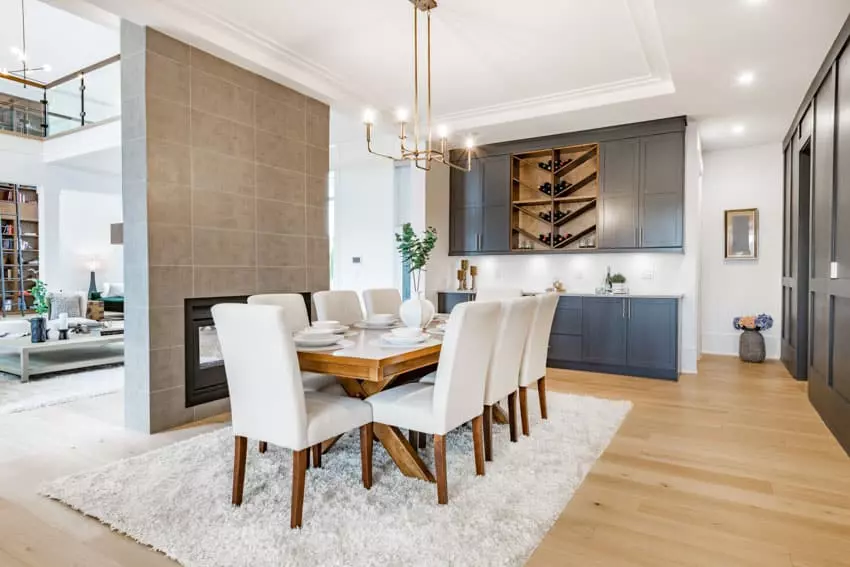
Transitional dining room furniture allows you to create a warm and inviting atmosphere for gatherings with family and friends. A long, glass dining table paired with upholstered wooden chairs creates a comfortable and conversational setting perfect for a lively dinner party. Add buffet or serving carts that balance traditional and contemporary designs for an extra touch of elegance.
One of the unique aspects of transitional dining furniture is the ability to incorporate traditional and contemporary pieces side by side. Combine precious heirlooms with more modern elements and decor to create a refreshing take on traditional dining room styles. The result is a space that exudes elegance and charm.
Transitional Style Kitchen Furniture

Kitchens are the heart of every home, and transitional kitchen furniture can add character and excitement to the space. Transitional kitchens embrace the creative chaos of blending different materials and elements, often paired with neutral walls and colors. Light-colored wood and simple profiles create a relaxed appeal that is both comfortable and stylish.
Incorporating shaker-style furniture and cabinets in neutral colors provides a solid backdrop for other transitional elements. You can create a focal point with a kitchen island topped with traditional marble countertops and pair it with tall, wicker-embellished chairs with silvery metal legs. This contrast creates a visually striking statement.
Transitional kitchen furniture allows you to play with a variety of materials and finishes, from industrial glass fiber reinforced concrete to aged metals and contrasting wood elements. By keeping cabinets and flooring in neutral colors, you can let the furniture take center stage and create a kitchen that is both inviting and visually stunning.
Discover the Best Transitional Furniture Brands and Stores
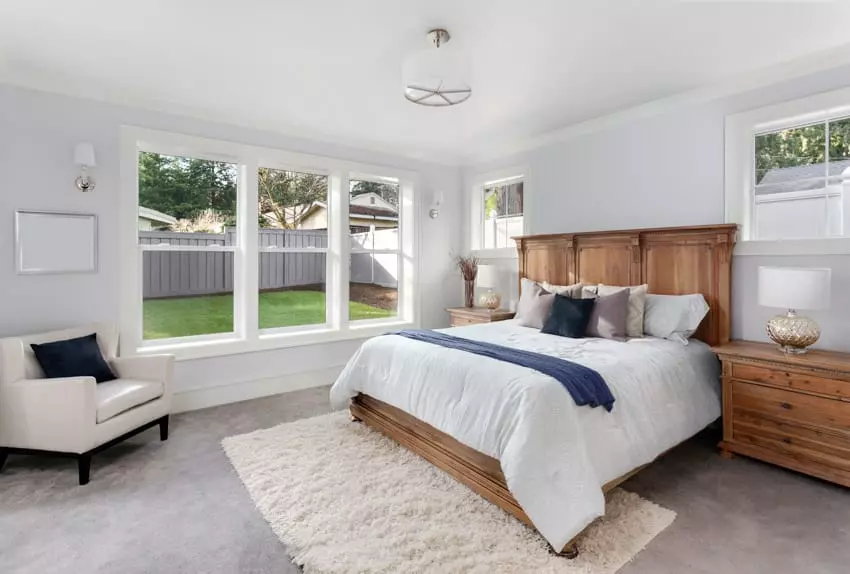
As the popularity of transitional furniture continues to grow, many furniture brands and stores are embracing this captivating style. Some of the best brands and stores that offer transitional furniture pieces include:
- Caracole: Known for their versatile and unique designs, Caracole offers transitional furniture that combines classic and modern elements. Their high-style designs provide beauty and personality to any space. Caracole furniture can be found in numerous retailers in the United States and globally.
- ModShop: ModShop offers custom furniture designs that blend organic, industrial, and modern styles. Their furniture is known for its exquisite combination of designs and attention to detail. ModShop furniture can be customized to fit your personal style needs and preferences.
- Jonathan Charles: Jonathan Charles furniture draws inspiration from antiques around the globe, recreating them with added contemporary details. Their pieces blend age-old techniques with fresh design ideas, resulting in truly transitional furniture. Jonathan Charles furniture is available through various retailers.
- Rowe Furniture: Rowe Furniture offers a range of eclectic and cosmopolitan pieces that embody the transitional style. Their furniture features unique details, clean lines, and modern accents. Rowe Furniture allows you to infuse your home with strong statements and personality.
- Sherrill Occasional: Sherrill Occasional is known for its mixed media furniture, incorporating numerous finishes and global sources. Their furniture collection offers a daring mix of organic and man-made materials, creating a captivating and dynamic look.
Alongside these brands, several mainstream retailers offer a wide selection of transitional furniture. The following stores are great places to start your search:
- AllModern
- Restoration Hardware
- Jonathan Adler
- Joybird
- IKEA
- Ethan Allen
- Hay
- West Elm
- Macy's
- Crate and Barrel
- Wayfair (online only)
- Hayneedle (online only)
- Overstock (online only)
- Amazon (online only, sponsored link)
By exploring these brands and stores, you can find the perfect transitional furniture pieces to complete your home's unique look.
Incorporate Transitional Style Into Your Home
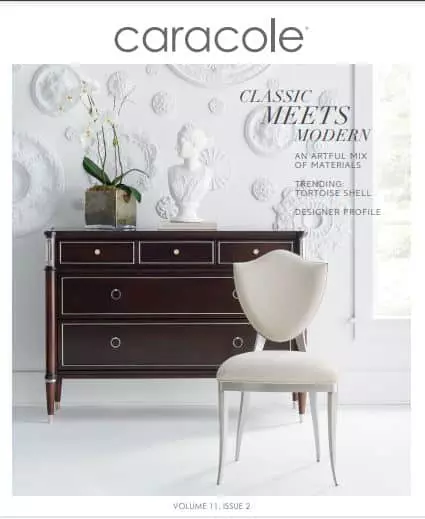
Embrace the combined styles that make up transitional furniture and transform your home into a comfortable and exciting space. With transitional style, you have the freedom to choose from a broad palette of colors, materials, embellishments, and fabrics. Don't be limited to just one furniture style—transitional furniture allows you to bring together the best of both worlds to create a truly unique and captivating look.
So, mix classic and contemporary designs, infuse your space with warmth and elegance, and let your discerning taste shine through. Explore the world of transitional furniture and discover the endless possibilities it offers. With its timeless appeal and versatility, transitional style is sure to elevate any room in your home to new heights.
For more inspiration and ideas on transitional design, explore our article on transitional kitchen designs. Get ready to transform your space and create a home that reflects your unique style and personality.

















